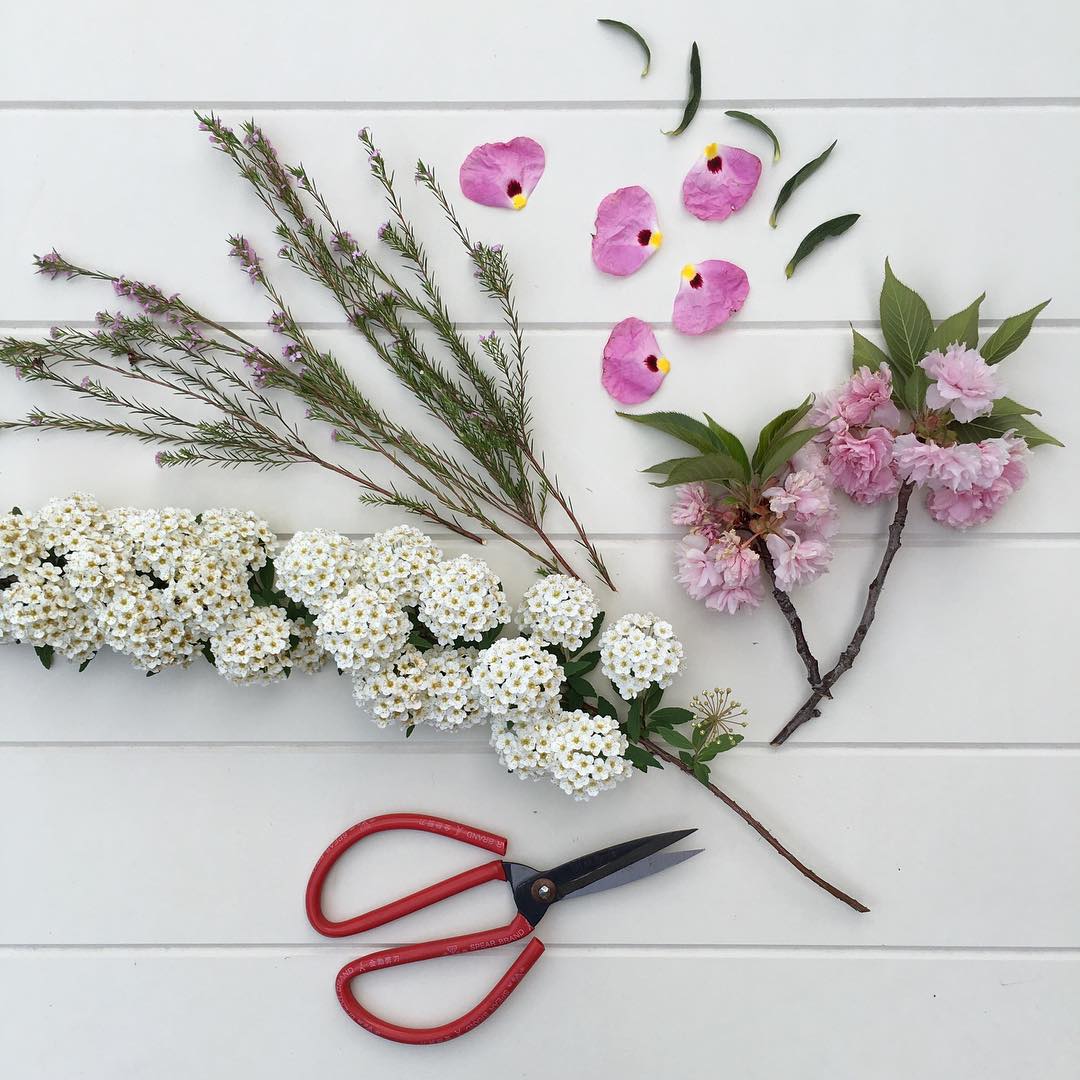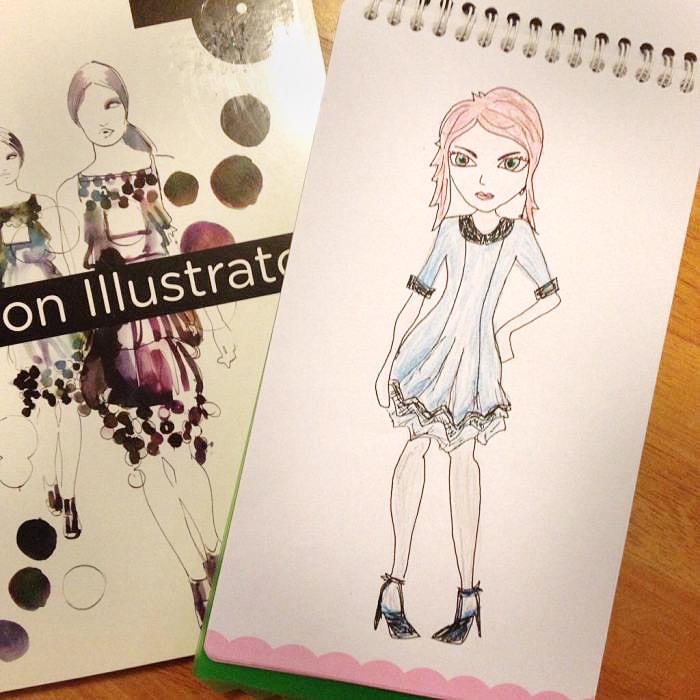Pillowcase Dress Instructions
How to make a Pillowcase Dress with free instructions and PDF to download

Pillowcase Dress Tutorial
The traditional method of making a pillowcase dress creates a drawstring casing around the child’s neck, which makes the dresses adjustable for a growing child. This method eliminates the drawstring casing which can be a choking hazard (using elastic instead) while preserving the adjustability of ties.
Start with one pillowcase, cleaned and pressed. You’ll also need 12″ of 1/2″ wide elastic, and one package of bias binding (you get this in the notions section of the fabric store – look for double fold binding tape) or 60” ribbon. You’ll need a couple of safety pins for threading your elastic. Extra rick rack or ribbon is required to decorate the lower edge of the dress (optional).

STEP 1 Measure your child from the shoulder to the desired length of the dress. measure this distance on your pillowcase from the open end, and cut straight across. this cut edge will be the top of the dress.
STEP 2 On each side of the pillowcase, at the cut edge, draw armscyes (that is the dressmaker term for armhole). The shape is like a letter “J” with the top of the J at the cut edge of the pillowcase. For a small child, it should be about 3″ deep, for a larger child make it 4″ deep.
STEP 3 Fold the two top edges 1/4″ to the inside and press (don’t worry about making it exact, just get close enough). fold down and press these edges again, this time 3/4″. Doing this double turn makes the finished edge neat. Stitch along the first fold, from one end to the other, forming a tunnel (this is known as a casing).

STEP 4 Cut your elastic into two 6″ pieces. Attach a safety pin to one end of one piece and use that to thread the elastic through one of the casings. As you thread the elastic, the casing will draw up, forming a stretchy neckline. You’ll need to pin the other end of the elastic when it gets to the casing so that it doesn’t come all the way out. Stitch across the open end of each casing to hold your elastic in place. Repeat with the other elastic and casing. stitch across the open end of each casing to hold your elastic in place.

STEP 5 You’re almost done! Cut two pieces of binding, each 28″ long. You’ll notice that the binding is folded lopsided–one side is wider than the other. This is to help make sure you get both sides stitched. Always stitch with the narrow side of the binding facing up and you can be sure you’re catching the back side as well.
Slip one armscye edge into the fold of one of the binding pieces, leaving about 10″ or so overhanging the top – these form the ties. Pin as much as you feel you need to in order to keep things neat. Beginning at one end of the binding, start stitching along the free edge, continuing all the way around the armscye and to the other end of the binding. Repeat for the other armscye.
Instead of the binding, you can fold a casing (as you did earlier in step 4) and thread a piece of narrow ribbon 28” long into each of the arm holes, tying into a bow at the top. Once the ribbon is threaded through, sew a couple of stitches at the side seam to keep the ribbon from being pulled all the way out.

STEP 6 Sew some ribbon or rick rack approx 3 ½ – 4” from the lower edge, catching the original envelope opening of the pillowcase so that it doesn’t catch when your child puts the dress/top on.
That’s it! The hem is already finished for you.
Now you just have to tie the ties to fit your child and admire your handiwork.

>>> Download the Pillowcase Dress Instructions as a free PDF <<<
This is now available to download as a PDF. Right click and save to download the file, or left click to open the PDF (it will probably open within your browser).
There is no need to ask (or say thank you!) if you can use this pattern for your charity work or your sewing group or any other reason. Yes, you CAN use this pattern for anything you like. A link back here is appreciated though not required. Happy sewing!

People have been making dresses like these since forever and I don’t claim these instructions as my own but I know there are a lot of people looking for these online, so here you go!



